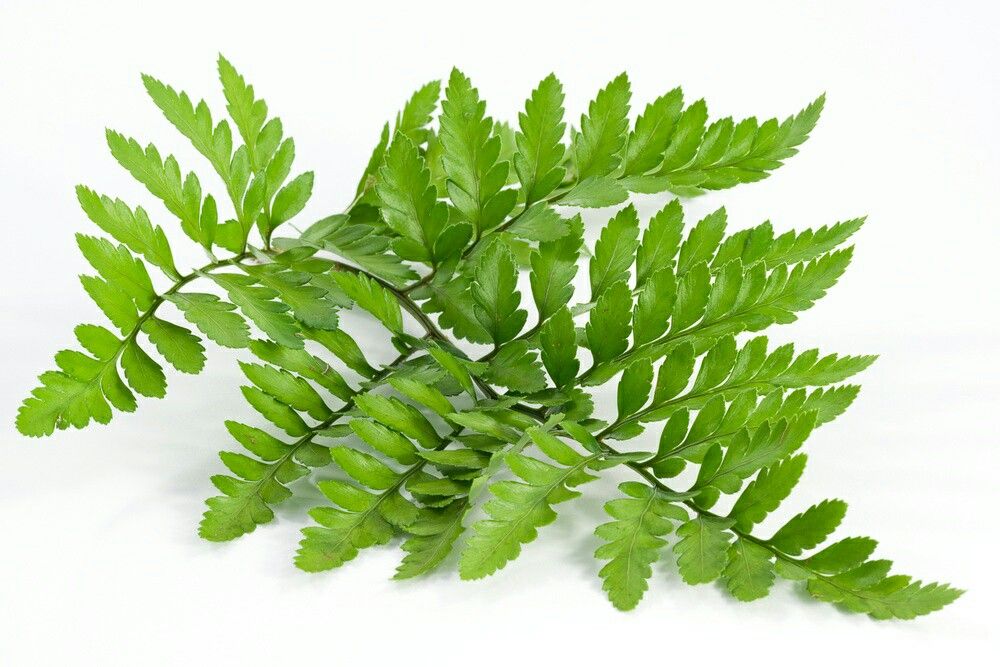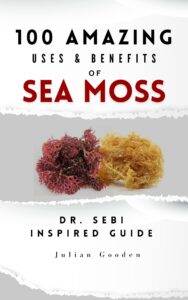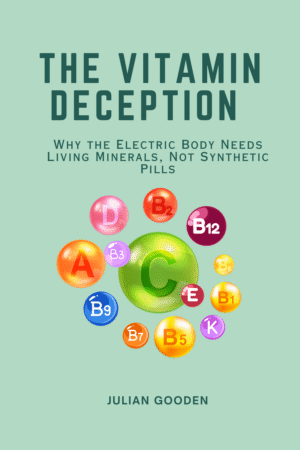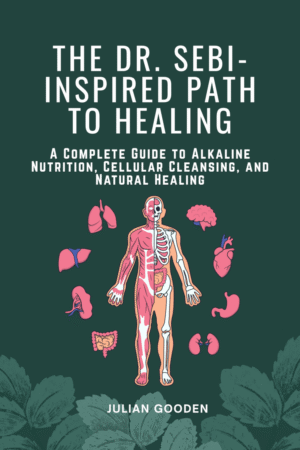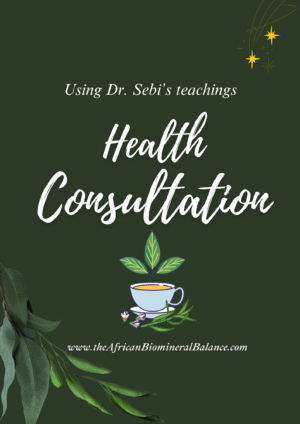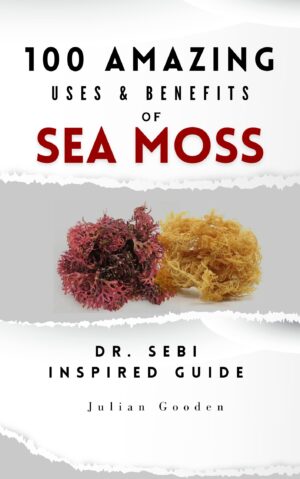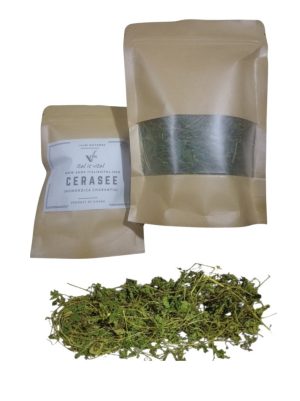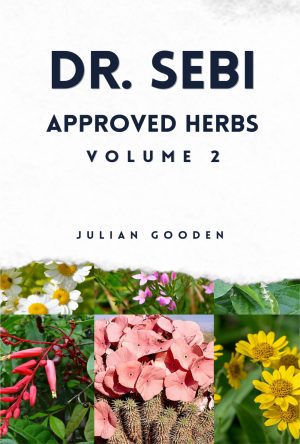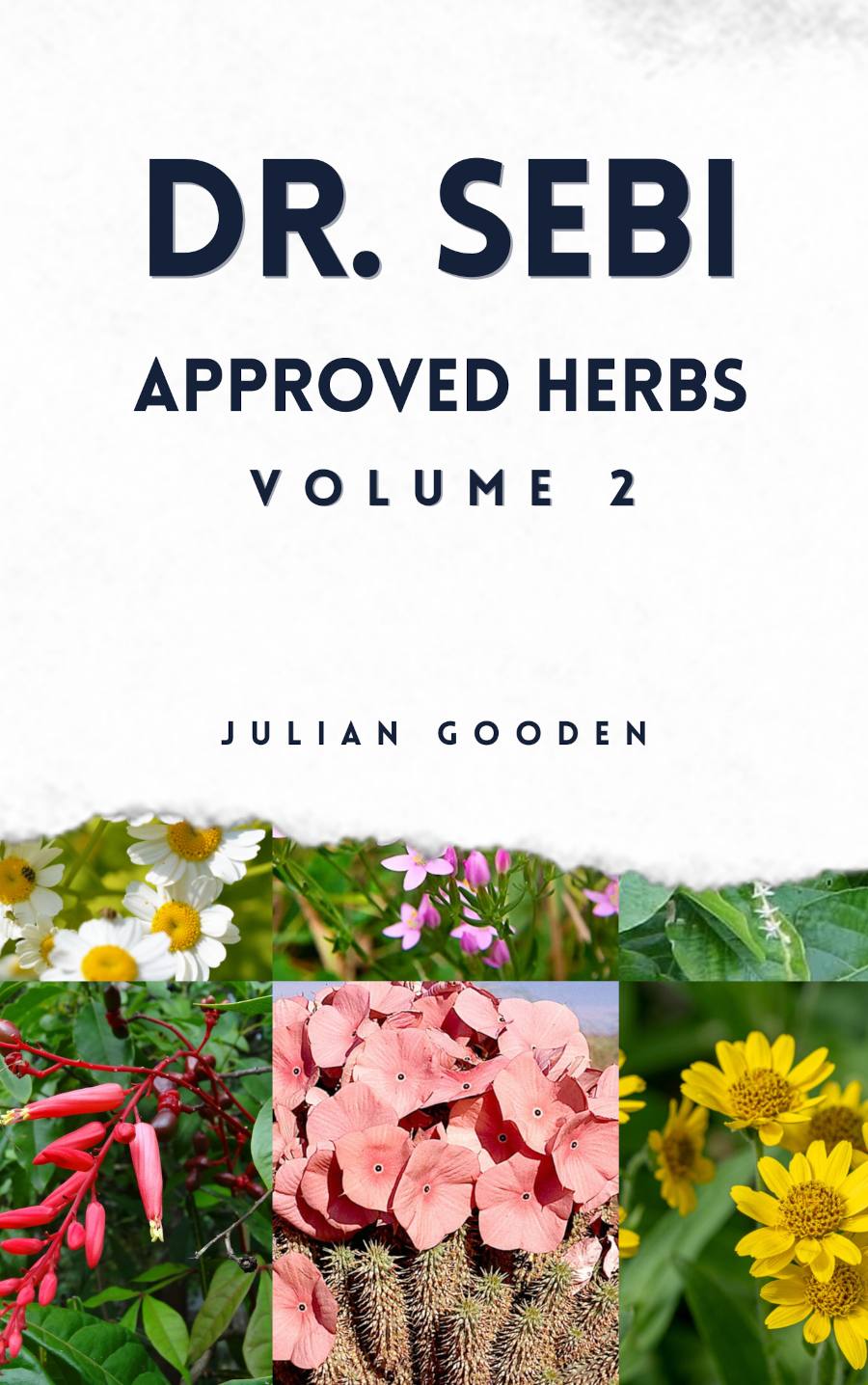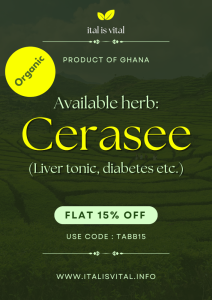Below is a comprehensive list of herbs for wound healing. Dr. Sebi’s methodology emphasizes non-hybrid, alkaline plants to promote natural healing.
1. Sea Moss (Chondrus crispus)
- Benefits: Sea moss is rich in minerals (e.g., zinc, magnesium), antioxidants, and mucilage, supporting tissue regeneration, reducing inflammation, and preventing infection. Its soothing gel hydrates and promotes wound healing.
- Use:
- Topical: Soak dried sea moss in spring water for 12-24 hours, rinse thoroughly, blend with spring water to make a gel, and apply to wounds or irritated skin.
- Internal: Consume 1-2 tablespoons of sea moss gel daily (in smoothies or water) or drink as a tea to support systemic healing and tissue repair.
- Note: A cornerstone of Dr. Sebi’s protocols for its mineral content and skin health benefits. Use wildcrafted Chondrus crispus from reputable sources.
- Caution: For thyroid issues due to high iodine content. Avoid if allergic to seaweed or iodine-sensitive.
2. Drago (Sangre de Drago / Croton lechleri)
- Benefits: Drago sap is antimicrobial, anti-inflammatory, and promotes tissue regeneration. It helps stop bleeding, prevent infection, and accelerate wound healing.
- Use:
- Topical: Apply 2-3 drops of pure Drago sap directly to the wound. Use more if needed.
- Internal: Take 12 drops twice daily in a small amount of spring water to support internal healing and detoxification.
- Note: A favorite of Dr. Sebi this plant works well for wound care due to its potent healing properties.
- Caution: Not recommended during pregnancy.
3. Muicle (Mexican Honeysuckle)
- Benefits: Muicle has antimicrobial and anti-inflammatory properties, effective for topical wound healing, rashes, acne, and skin infections.
- Use:
- Topical: Boil Muicle leaves in spring water to make a tea or decoction, then apply to wounds or use as a poultice.
- Internal: Drink as a tea (1 teaspoon of herb in 2 cups of spring water, simmered for 15 minutes) to support overall healing.
- Note: Often combined with herbs like copalchi for enhanced effects.
4. Kalawalla (Polypodium leucotomos)
- Benefits: Kalawalla’s anti-inflammatory and antimicrobial properties accelerate wound healing and prevent bacterial or fungal infections.
- Use:
- Topical: Apply a poultice or decoction of Kalawalla to wounds or cuts.
- Internal: Take as a tea or capsule to support systemic healing and detoxification.
- Note: Source from reputable suppliers to avoid contamination.
5. Chaparral (Larrea tridentata)
- Benefits: Chaparral is a powerful antimicrobial and antioxidant herb that reduces inflammation, breaks down mucus, and promotes tissue repair for wounds and skin conditions.
- Use:
- Topical: Apply as a poultice or salve on wounds to reduce inflammation and prevent infection.
- Internal: Use as a tea or in capsule form (e.g., Dr. Sebi’s Eva Salve) for systemic support.
- Caution: Use in moderation, as prolonged internal use may affect the liver.
6. Burdock Root (Arctium lappa)
- Benefits: Burdock root detoxifies the skin and blood, reduces inflammation, and supports healing of wounds, eczema, and other skin conditions.
- Use:
- Topical: Apply a poultice made from burdock root to wounds or skin irritations.
- Internal: Drink as a tea (steep 1 teaspoon in 2 cups of spring water) to purify the blood and support skin health.
- Note: Effective for chronic skin conditions that may slow wound healing.
7. Yellow Dock (Rumex crispus)
- Benefits: Yellow dock is a blood purifier with anti-inflammatory and antimicrobial properties, supporting wound healing by detoxifying the skin and reducing infection risk.
- Use:
- Topical: Make a poultice from yellow dock root or leaves and apply to wounds, ulcers, or skin irritations.
- Internal: Drink as a tea (1 teaspoon of root in 2 cups of spring water, simmered for 15 minutes) to cleanse the blood and support skin health.
- Note: Often paired with burdock root for synergistic detoxification and healing.
8. Sarsaparilla (Smilax spp.)
- Benefits: Sarsaparilla is a potent anti-inflammatory and detoxifying herb that supports skin health and wound healing by reducing inflammation and promoting tissue repair.
- Use:
- Topical: Use a decoction of sarsaparilla root as a wash for wounds or skin conditions.
- Internal: Take as a tea or capsule to support systemic healing and blood purification.
- Note: Highly valued in protocols for its skin-healing properties.
9. Elderberry (Sambucus nigra)
- Benefits: Elderberry has anti-inflammatory properties, supporting wound healing by boosting immunity and reducing inflammation in skin tissues.
- Use:
- Topical: Apply a poultice or salve made from elderberry leaves or flowers to wounds to reduce swelling and prevent infection.
- Internal: Drink elderberry tea (1 teaspoon of dried flowers or berries in 2 cups of spring water) to support immune health and healing.
- Note: Use non-hybrid, wildcrafted elderberry to align with Dr. Sebi’s standards.
10. Shepherd’s Purse (Capsella bursa-pastoris)
- Benefits: Shepherd’s purse is traditionally used for its astringent and hemostatic properties, helping stop bleeding and promote wound healing.
- Use:
- Topical: Apply a poultice of fresh or dried shepherd’s purse leaves to wounds to reduce bleeding and inflammation.
- Internal: Drink as a tea (1 teaspoon of dried herb in 2 cups of spring water, steeped for 10 minutes) to support blood clotting and healing.
- Note: Its traditional use for wound healing and user request.
- Caution: Avoid during pregnancy, as it may stimulate uterine contractions.
Additional Notes
- Preparation Tips:
- Use spring water for all teas, decoctions, or washes to maintain purity, as emphasized by Dr. Sebi.
- Source wildcrafted or organic herbs from reputable vendors to avoid contaminants like heavy metals or mold.
- For topical applications, test a small area of skin first to check for allergic reactions.
- Rotate herbs seasonally (e.g., burdock or yellow dock in summer for lymphatic support).
- Safety Guidelines:
- Consult a healthcare professional before use, especially if pregnant, breastfeeding, or on medications. Lily of the valley is particularly requires knowledgeable supervision.
- If strictly following Dr. Sebi’s protocol, avoid non-approved herbs.
- Ensure herbs are non-hybrid and wildcrafted to align with Dr. Sebi’s standards.
- Complementary Practices:
- Follow Dr. Sebi’s alkaline diet (non-hybrid, plant-based foods like amaranth greens, quinoa, or dandelion greens) to enhance healing.
- Combine herbs (e.g., sea moss and burdock root, or sarsaparilla and elderberry) for synergistic effects.
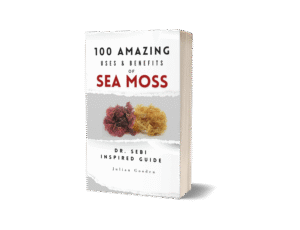
Disclaimer
Always seek the advice of a professional herbalist or medical practitioner for serious wounds or infections.
References
- Dr. Sebi’s Cell Food Official Website. (n.d.). Nutritional Guide and Approved Herbs. Retrieved from drsebiscellfood.com. Provides Dr. Sebi’s approved herb list, including sea moss, Drago, Muicle, Kalawalla, Chaparral, burdock root, yellow dock, sarsaparilla, and elderberry.
- Sebi, A. (n.d.). Lectures and Interviews. Various archived recordings available online, emphasizing non-hybrid, alkaline herbs for healing, including wound care applications for Drago and sea moss.
- Balick, M. J., & Cox, P. A. (1996). Plants, People, and Culture: The Science of Ethnobotany. Scientific American Library. Discusses traditional uses of herbs like shepherd’s purse, and lily of the valley for wound healing.
- Foster, S., & Duke, J. A. (2000). A Field Guide to Medicinal Plants and Herbs. Houghton Mifflin Harcourt. Details traditional wound-healing properties of plantain, shepherd’s purse, and sea moss, with cautions for lily of the valley’s toxicity.
- Tierra, M. (1998). The Way of Herbs. Pocket Books. Notes antimicrobial and anti-inflammatory properties of Dr. Sebi-approved herbs like sarsaparilla and burdock root for skin health.
- WebMD. (2023). Sea Moss: Benefits and Side Effects. Retrieved from webmd.com. Highlights sea moss’s mineral content and potential for skin health, with limited scientific studies on wound healing.
- National Center for Complementary and Integrative Health (NCCIH). (2022). Herbs at a Glance. Retrieved from nccih.nih.gov. Provides safety information on herbs like elderberry and chaparral, noting limited clinical evidence for wound healing.


